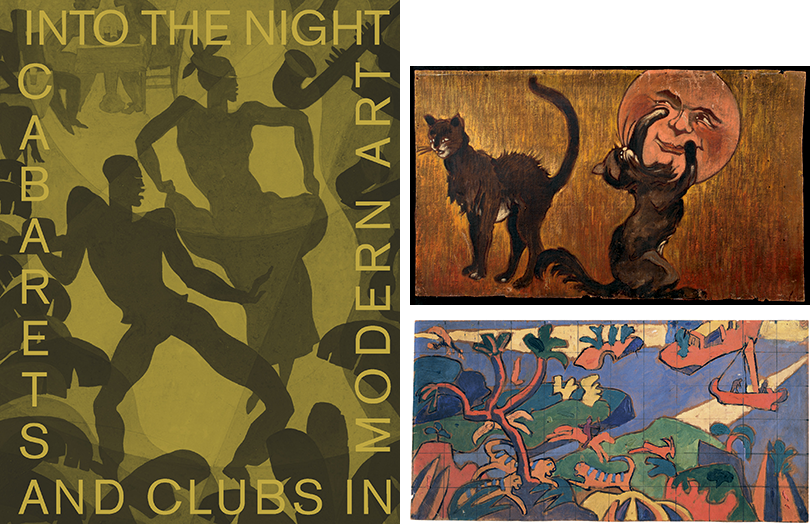
December 19, 2019
The Influence of Nightlife on Design

Into the Night: Cabarets and Clubs in Modern Art is published by Prestel (£45.00, hardback). The exhibition is on show at Barbican Art Gallery from 4th October 2019 — 19th January 2020. Left Book cover Top Right TheÌophile-Alexandre Steinlen, Les Chats noirs (The Black Cats), c. 1885 © Private Collection Bottom Right Spencer Gore, Study for a mural decoration for the Cave of the Golden Calf, 1912 © Tate, London 2019
Cabarets, cafes, and nightclubs are as essential to the development of Modern avant garde art and design movements as are galleries, salons, and museums, perhaps more so. Every art and design movement from the late 19th through the 20th and even 21st centuries had or have veritable laboratories in the form of bars, restaurants, theaters, whatever — where unfettered experimentation prospers or fails; and where all the arts come together into a fruitful, if anarchic, hodgepodge (think CBGB). This includes visual arts, literature, poetry, sound, music, dance, drama, and hybrids of them all. From this witches brew, creative concoctions come to a boil.
The legendary haunts (many located in seedy locales) are where rebels mix and intermingle their respective arts. During the 1880s Parisian denizens founded le Chat Noir (the Black Cat) Café, in 1916 the Cabaret Voltaire in Zurich is where dada was born, in the 20s Harlem’s famous Cotton Club, Smalls Paradise and the many other off the tracks wellsprings of the Harlem Renaissance and its jazz pioneers emerged, and in the 60s on a street in Teheran, Iran, Rasht 29 where an eponymous club combined Iranian tradition with Western modernism. There are many more.
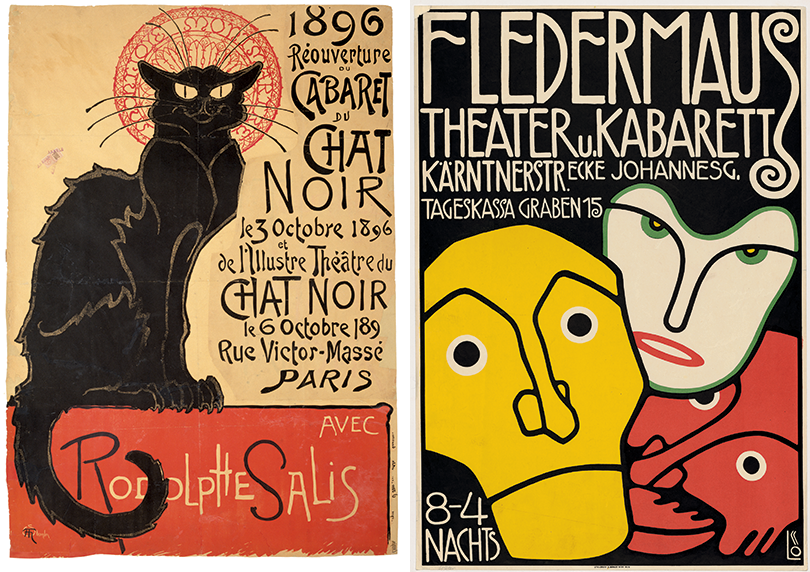
Into the Night: Cabarets and Clubs in Modern Art is published by Prestel (£45.00, hardback). The exhibition is on show at Barbican Art Gallery from 4th October 2019 — 19th January 2020. Left TheÌophile-Alexandre Steinlen, ReÌouverture du cabaret du Chat Noir (Reopening of the Chat Noir Cabaret), 1896 © Victoria and Albert Museum, London Right Bertold Löffler, Poster for the Cabaret Fledermaus, 1907 © The Albertina Museum, Vienna
The histories of these characteristically unorthodox cabarets have been covered here and there, but just this week an extensive and impressive volume devoted to these famous (and infamous) locales is now published in the U.S. Titled Into The Night: Cabarets and Clubs in Modern Art (Prestel) edited by Florence Ostende and Lotte Johnson, curators of the eponymous exhibition at the Barbican Art Gallery in London, links the respective clubs and argues that in their day (mostly 20s and 30s, although the book enters the late 20th century too) this web of creative activity was comparable to the internet, with many of the clubs connected at least through the journals, magazines and newsletters that contained social, political and aesthetic manifestos that were shared among many.
Mostly edgy (my word not their’s) were performance spaces, all founts of new graphic, costume, interior design, architecture, and photography. In dance, Loie Fuller’s “groundbreaking experiments with costume, light, and movement were captured by Henri de Toulouse-Lautrec” in a series of lithographs. Stephane Mallarmé, himself a alternative symbolist poet wrote that Fuller’s performances were “at once an artistic intoxication and an industrial achievement.” What a great way to describe Modernity: “Artistic intoxication and an industrial achievement.” This represents a small part of the coalescing powers of performative art to bring all the cultural activities together in common cause — making art of the present and future.
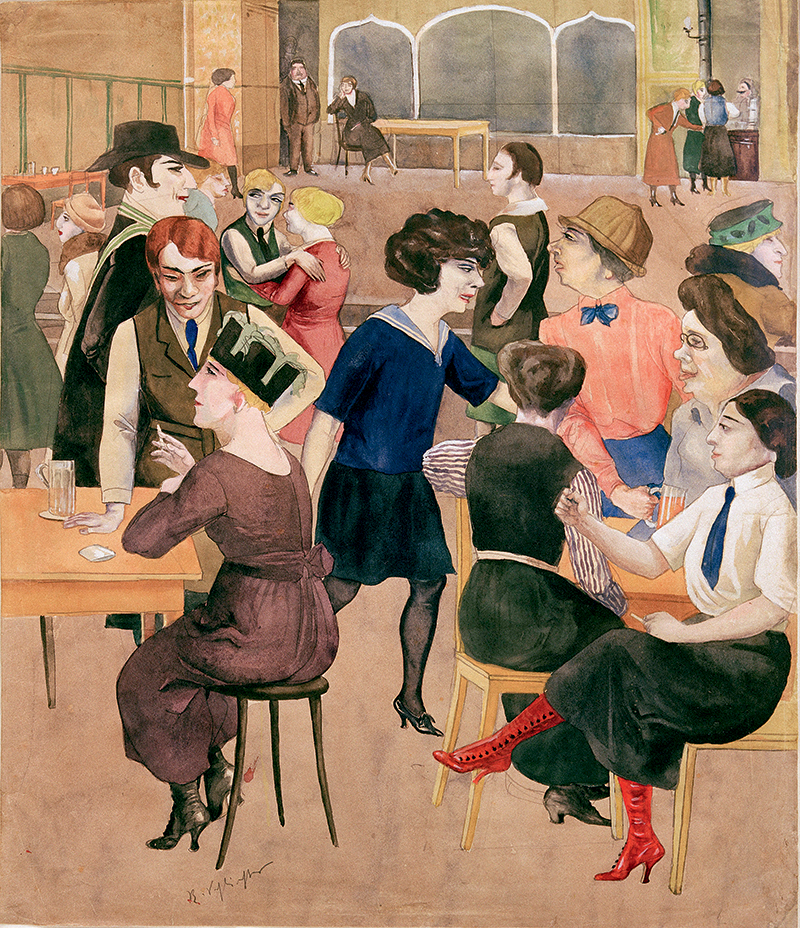
Into the Night: Cabarets and Clubs in Modern Art is published by Prestel (£45.00, hardback). The exhibition is on show at Barbican Art Gallery from 4th October 2019 — 19th January 2020. Rudolf Schlichter, Damenkneipe (Women’s Club), c. 1925 © Viola Roehr v. Alvensleben, Munich. Photo: akg-images
Certain cabarets are so iconic that we all have at least heard of them. In Vienna Cabaret Fledermaus (The Bat) was conceived by the Weiner Werkstätte designer Josef Hoffman and graphiste (typographer and letter and posterist) Kolo Moser. It has become one of the signature monuments of this 1907 movement (today the Neue Galerie in New York has replicated the aura of this cabaret for its own restaurant). In London Frida Strindberg’s Cabaret Theatre Club was billed as the first artists’ cabaret in Englandand in addition to theatrics it was ground zero for Vorticist art and design. Zurich’s Cabaret Voltaire in 1916 published an eponymous journal edited by Hugo Ball and cover designed by Hans Arp, which broke the ground for dada graphic design experimentation in Switzerland and Germany. In Rome the Italian Futurists performed at Cabaret del Diavolo, for which Fortunato Depero rendered its devil “mascot.”
For many who only know about cabaret from the musical film of the same name, this book will be a revelation to know that the cabaret, café and club phenomenon was so widespread. I did not know that Café de Nadie (Nobody’s Café “so named because it always seemed empty) was home for a Mexico City avant garde, the movement known as Estridentista.
Many artists that I’ve admired from Germany between the wars were involved with different night life dens. Schall un Rauch (Sound and Smoke) founded by dramatist Max Reinhard, issued a series fest-schrift programs with designs by Hanah Hoch, Otto Dix and others (I bought a fine facsimile in East Germany during the late 1980s). Painters like Karl Hofer and the splendid crayon and watercolorist Jeanne Mammen. who captured Berlin’s underbelly for among other contemporary magazines, Simplicissimus and Jugend was an integral player in the performative arts.
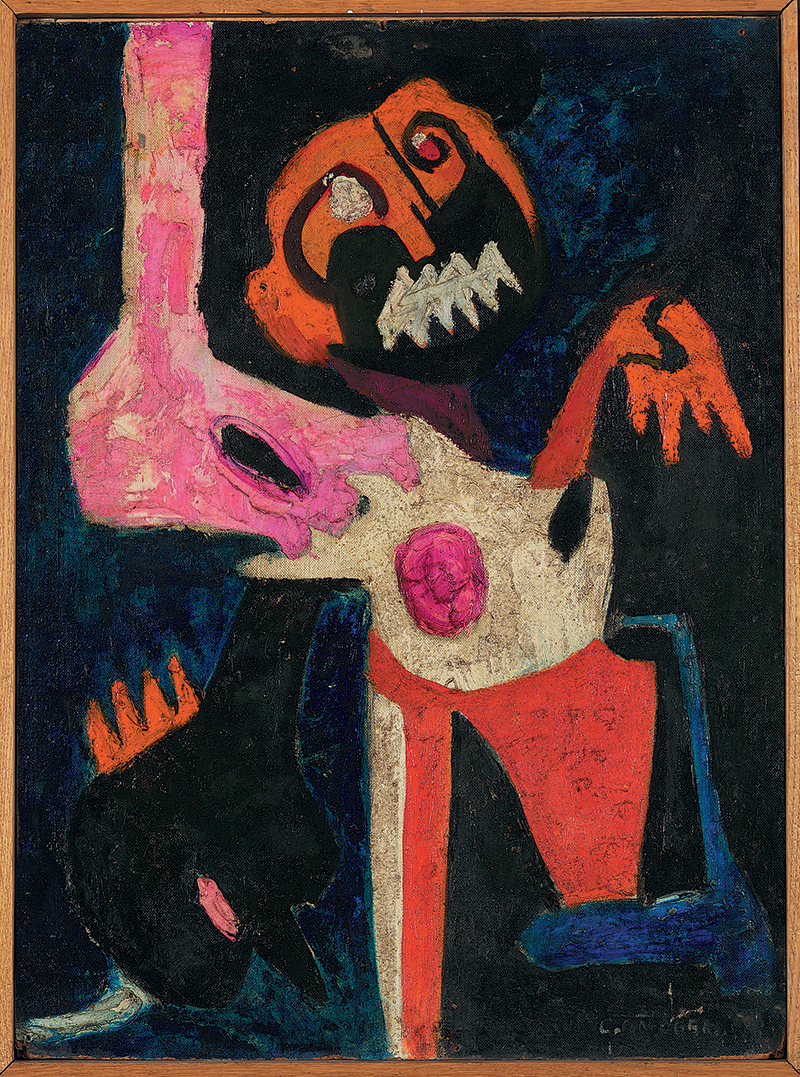
Into the Night: Cabarets and Clubs in Modern Art is published by Prestel (£45.00, hardback). The exhibition is on show at Barbican Art Gallery from 4th October 2019 — 19th January 2020. Colette Omogbai, Agony, c. 1963 © Colette Omogbai
Harlem, had long had a vibrant arts scene at the turn of the century onward. By the 1920s two-thirds of New York’s African American population lived there. So it was no surprise that its nightclubs, jazz dens and cabarets (presumably taboo for white visitation) was a high powered magnet for New Yorkers of all races.
There was quite a lot of cross instigation and pollination that is well represented in an essay “The Walls Seem to Dance: Mapping the Connections between Cabarets and Clubs in Modern Art” by Lotte Johnson — she address such influences as Mexico City on Zurich and Paris and Rome or Paris, Vienna and Zurich. And most interesting the Harlem artists’ connections to the Nigerian Ibadan and Osogbo movements (in the 1960s).
Into The Night: Cabarets and Clubs in Modern Art is the catalog for the exhibition of the same name at London’s Barbicon Gallery on view until January 19. I hope it will travel to the United States. We all know the influence that club culture and alternative performance space has on creative people in this country, but we tend to live in our respective moments, without seeing the larger picture. Into The Night: Cabarets and Clubs in Modern is a big book that covers between covers among the most significant of works done in, around, with and for these wells of culture. At a time when many richly researched tomes are liberally produced on all manner of 20th century avant garde art and design, this is on my 2019 list as one of the best.
Observed
View all
Observed
By Steven Heller
Related Posts
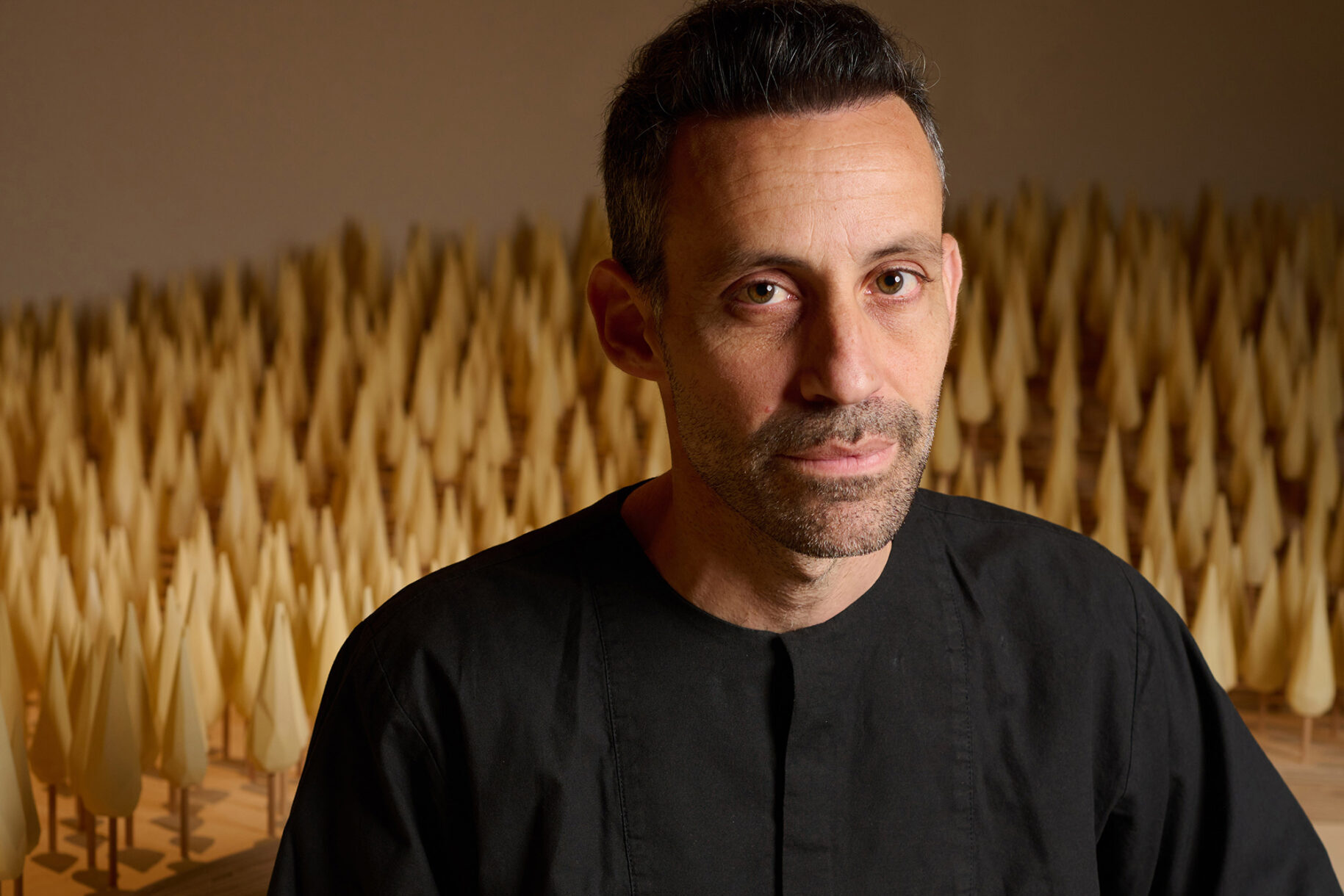
Sustainability
Delaney Rebernik|Books
Head in the boughs: ‘Designed Forests’ author Dan Handel on the interspecies influences that shape our thickety relationship with nature
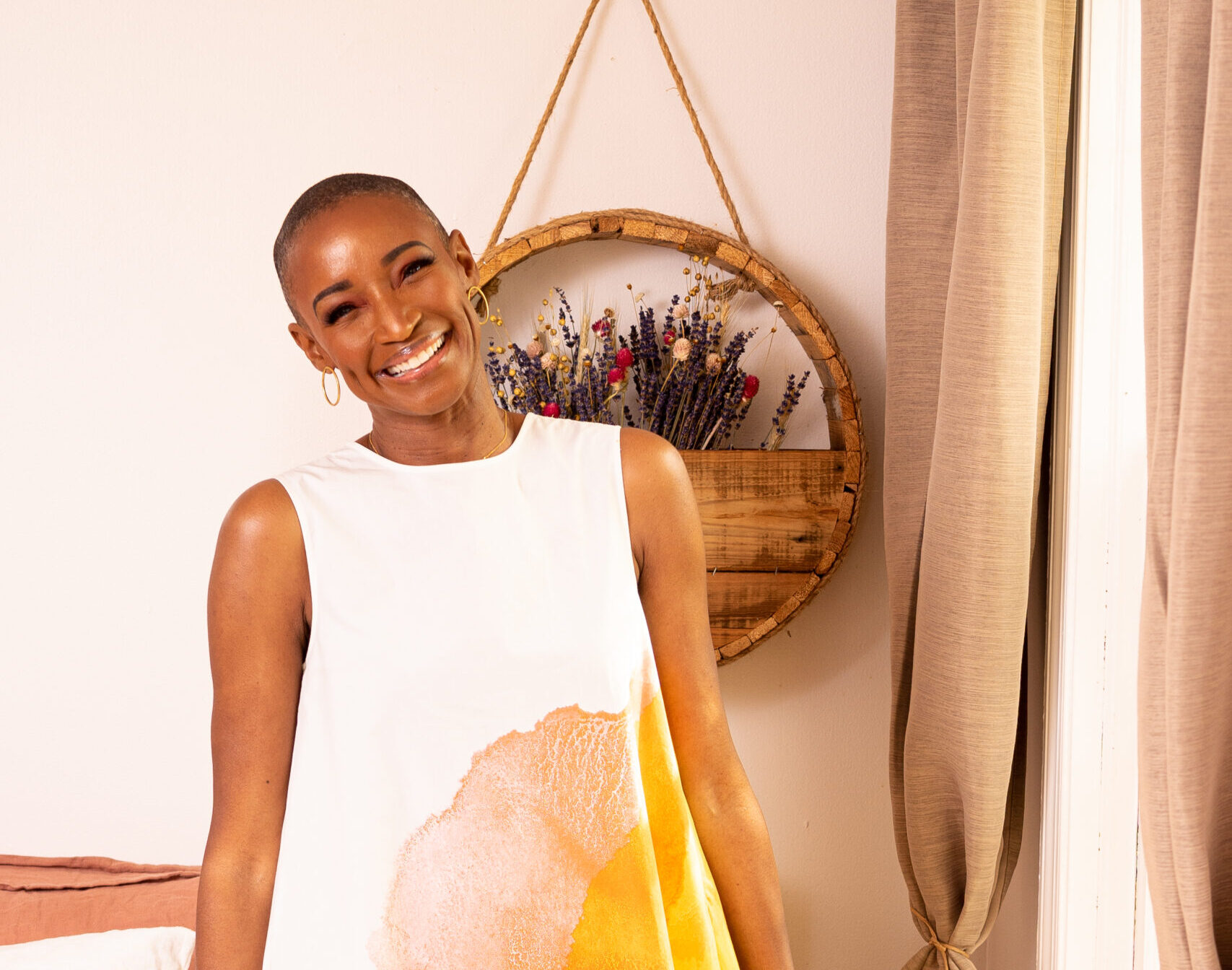
Design Juice
L’Oreal Thompson Payton|Books
Less is liberation: Christine Platt talks Afrominimalism and designing a spacious life

The Observatory
Ellen McGirt|Books
Parable of the Redesigner
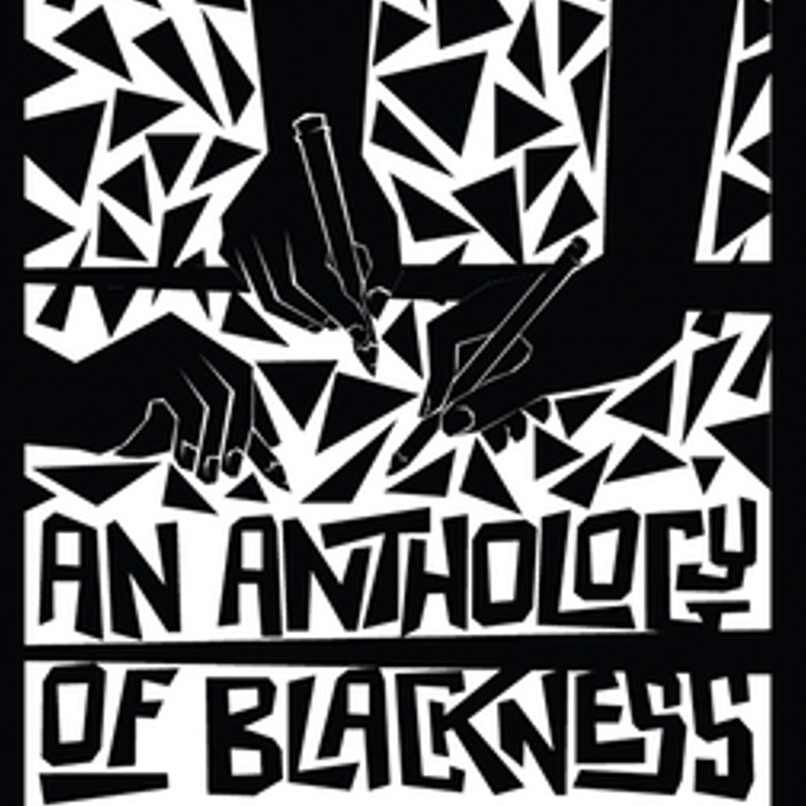
Books
Jennifer White-Johnson|Books
Amplifying Accessibility and Abolishing Ableism: Designing to Embolden Black Disability Visual Culture
Recent Posts
Food branding without borders: chai, culture, and the politics of packaging Why scaling back on equity is more than risky — it’s economically irresponsible Beauty queenpin: ‘Deli Boys’ makeup head Nesrin Ismail on cosmetics as masks and mirrors Compassionate Design, Career Advice and Leaving 18F with Designer Ethan MarcotteRelated Posts

Sustainability
Delaney Rebernik|Books
Head in the boughs: ‘Designed Forests’ author Dan Handel on the interspecies influences that shape our thickety relationship with nature

Design Juice
L’Oreal Thompson Payton|Books
Less is liberation: Christine Platt talks Afrominimalism and designing a spacious life

The Observatory
Ellen McGirt|Books
Parable of the Redesigner

Books
Jennifer White-Johnson|Books

 Steven Heller is the co-chair (with Lita Talarico) of the School of Visual Arts MFA Design / Designer as Author + Entrepreneur program and the SVA Masters Workshop in Rome. He writes the Visuals column for the New York Times Book Review,
Steven Heller is the co-chair (with Lita Talarico) of the School of Visual Arts MFA Design / Designer as Author + Entrepreneur program and the SVA Masters Workshop in Rome. He writes the Visuals column for the New York Times Book Review,